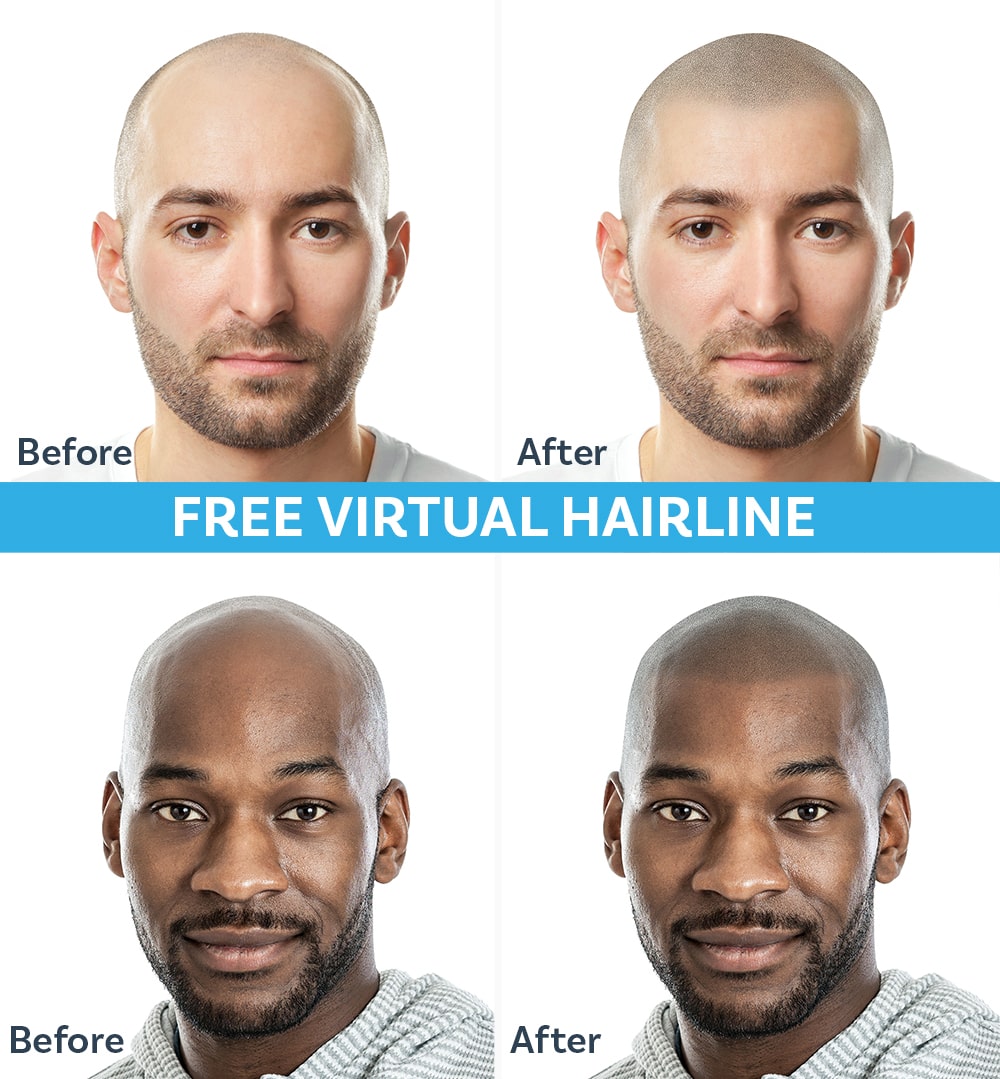
Do you know the dangers?
In late July 2025, a 38-year-old British man tragically died shortly after a five-hour hair transplant at the Cinik Clinic in Istanbul’s Beşiktaş district. Despite being rushed to hospital, he could not be saved. Turkish police are now investigating the case as a possible “reckless homicide”, and clinicians involved—including the surgeon, anesthesiologist, and nursing staff—have been questioned.
This incident underscores increasing concerns over medical tourism here, as Turkey reportedly handles over 60% of the global hair transplant market, with up to 1.1 million patients expected in 2025.
In a separate case from March 2024, a French business student named Mathieu Latour, aged 24, committed suicide after suffering severe pain, unnatural “hedgehog” hair growth, and irreversible donor-area damage following a 4,000-graft transplant. His father reported that about 1,000 grafts failed, leaving him with permanent scarring and emotional trauma.
These deaths, one due to procedural complications and the other tied to profound psychological suffering, highlight the gulf between affordable marketing and safe outcomes.
Why the Risks Are So High
- 1. Low-Quality, High-Volume Clinics (“Hair Mills”)
Turkey’s dominance in low-cost hair tourism has led to the rise of so-called “hair mills”—clinics that prioritize volume over patient safety. Many procedures are performed not by qualified surgeons, but by under-trained technicians, medical students, or even non-medical staff. - These clinics often promise unrealistic graft quantities at bargain prices. But excessive grafting can lead to poor survival rates, over-harvested donor zones, and unnatural-looking hairlines.
- 2. Inadequate Oversight and Regulation
Compared to Western countries, Turkey’s regulatory environment for hair restoration is far less stringent. Accreditation systems and oversight of clinic hygiene and staff credentials are often lacking. Enforcement is weak; cooking-up bribes and staged inspections are known issues. - 3. Medical Complications: Infection, Necrosis, Nerve Damage
Higher infection rates stem from unsanitary conditions. In some extreme cases, patients develop necrosis—tissue death due to poor blood supply. Nerve damage is another reported issue, causing numbness, chronic pain, or tingling, sometimes irreversible. - 4. Poor After-Care, Communication & Legal Recourse
Aftercare is frequently inadequate—patients receive unclear instructions or loose verbal guidance, with little follow-up support. Long-distance follow-ups are impersonal and clinics often become unresponsive post-procedure.
Moreover, pursuing legal action from abroad is difficult. International patients often face an opaque legal system, language barriers, and limited rights under Turkish malpractice laws.
Real-World Horror Stories from Patients
Users have recounted serious harm:
“I went to Turkey… They ruined my life … I had something strange … I have necrosis … they removed and transplanted again … but no, they didn’t save sh*t.”
“The transplant market is massive … Only 5% of clinics are world class … the rest produce crap results.”
“They overharvested… donor area depleted… no follow-up… had to sue.”
These testimonials paint a consistent picture: trust eroded, outcomes botched, and sometimes lasting physical damage.
Even when procedures are uneventful, neglecting post-op rules can cause alarming complications. For example, 24-year-old Ruben Owen experienced severe swelling after ignoring medical advice to avoid intimate activity. Though he recovered, it was a scary episode caused by reopening incisions too early.
The Psychological Toll
The mental health impact of a botched procedure can be profound. The French student Mathieu Latour’s suicide underlines how cosmetic failure can precipitate emotional crisis—not just cosmetic regret, but devastating psychological distress.
Similarly, sufferers of permanent unsightly scarring or mismatched graft outcomes often report lowered self-esteem, anxiety, and a sense of betrayal after spending tens of thousands of pounds expecting life-changing improvements.
How to Minimise Risk if You’re Considering One
If you’re still considering a transplant in Turkey, go in with eyes wide open:
– Verify credentials thoroughly: make sure the surgeon is board-certified in Hair Restoration Surgery.
– Avoid clinics that tout extremely low prices or unlimited graft packages.
– Choose clinics accredited by international bodies and inspect them if possible.
– Plan for extended stay post-procedure before flying, and make sure full aftercare instructions are provided in writing.
– Investigate real patient reviews, especially independent forums or validated testimonials.
In Summary
Turkey remains a dominant destination for hair transplants, offering affordability and often skilled clinics. Yet beneath that success lies an industry rife with under-qualified operators, regulatory gaps, and growing reports of infections, nerve damage, necrosis, and even death.
The shocking death of the British man at the Cinik Clinic in July 2025 and the devastating case of Mathieu Latour in March 2024 are recent reminders that cheap procedures can carry steep physical—and psychological—costs.
If you’re exploring treatment abroad, take nothing for granted. Do your homework: verify credentials, refuse unrealistic promises, demand transparency, and plan for robust aftercare. Better yet, consult trusted qualified surgeons locally before deciding.
Quality and safety should never be sacrificed for cost. Your health—and peace of mind—depends on it.
Hair transplants and SMP both offer life-changing results — but they’re very different paths. We always recommend consulting with a hair loss specialist (like our team at Skalp®) to explore what will work best for you.
Ready to take the next step? Book a free consultation at one of our global clinics and see how SMP can transform your look — and your confidence.

